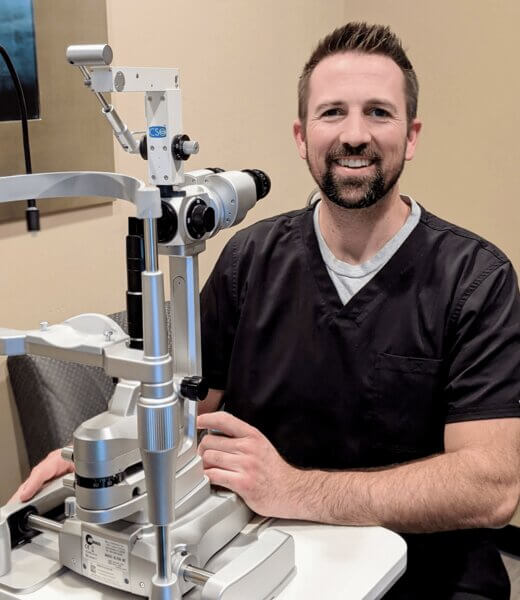Important Information About Cataracts
Why it is it important to share information about cataracts? Well, did you know that the leading cause of vision loss for people all over the world is, believe it or not, cataracts? Cataracts are a clouding or fogging of the eye’s inner lens.
Cataracts affect 24.4 million Americans, usually age 40 or older, according to the American Academy of Ophthalmology (AAO). The National Eye Institute (NEI) reports that the number of people in the US with cataracts is expected to increase to roughly 50 million by 2050.
Despite its prevalence, there are still a great many misconceptions about cataracts. This is another reason why it is incredibly important to get information about cataracts that is rooted in science and not superstition. Let’s take a few moments to discuss the most up-to-date information about cataracts…. and see if we can help clear up some popular misconceptions for you in the process.
1. There is no age for Cataracts
Myth #1: The only people affected by cataracts are senior citizens
Fact #1: There is no age for cataracts
It is true that most cataracts are related to aging. It is also true that they are very common in older people, there is actually no set age for cataracts. According to the NEI, “more than half of all Americans either have a cataract or have had cataract surgery.” Be that as it may, the term “age-related” is more than a bit confusing and misleading to patients. In fact, people as young as 40s and 50’s can be afflicted with an age-related cataract. However, because most cataracts start small and don’t usually affect the vision of the middle-aged, the effects may go unnoticed for years.
Furthermore, there are other types of cataracts, beyond those that are simply age-related. Some are the result of trauma to the eye and others are secondary to intraocular surgery or the result of medications or systemic disease. So, as you can see, the age for cataracts is any age depending on the circumstances surrounding the person who develops them.
2. Eye Cataract Prevention is Possible
Myth #2: Cataracts are merely a part of aging and nothing can be done about them
Fact #2: Eye cataract prevention is possible
While it is true that cataracts cannot be prevented entirely, eye cataract prevention is possible. In fact, there are several things you can do to slow their progression. Taking nutritional supplements, for example, can aid in slowing down the onset of cataracts. Additionally, a healthy diet and wearing UV-protected sunglasses may also slow the progression of cataracts. Higher risk patients may want to consider taking advantage of the tips mentioned above. According to the NEI, cataracts are more likely to occur in women, but smoking and diabetes are also risk factors. The take home message here is to take to heart the fact that eye cataract prevention is possible by caring for your eye health before cataracts form.
3. Eye Cataract Surgery is Permanent
Myth #3: A cataract can grow back after surgery since it is a film that grows over the eye
Fact #3: Eye cataract surgery is permanent
Yes, eye cataract surgery is permanent and not simply a temporary fix. This is a common misconception because some patients are under the impression that a cataract is a film that grows over the iris, rather than a clouding of the crystalline lens inside the eye. This video will help illustrate this further. Because of this, eye cataract surgery is permanent because your cataracts will not “grow back” once surgery is performed.
Another misconception is that there are “eye drops that can dissolve cataracts.” Currently, there are no FDA-approved drops that can cure or even delay cataracts available, according to the AAO. And, as cataracts are not an actual substance, topical treatments won’t affect them and they cannot “come back” after surgery. This is why eye cataract surgery is the preferred method of treatment when the symptoms warrant.
4. Non Surgical Treatment of Cataracts is Possible
Myth #4: The only option for dealing with cataracts is surgery
Fact #4: Non surgical treatment for cataracts is possible
Yes, non surgical treatment for cataracts may be possible depending on how severe your symptoms currently are. Cataract symptoms range from mild, where colors can seem faded and eyes are glare sensitive, to more severe, where extremely blurred vision makes driving, reading and facial recognition impossible. In mild cases, measures including magnifying lenses, anti-reflective sunglasses, brighter lighting and new eyeglasses may improve symptoms of cataracts.
Surgery is the only effective treatment if vision loss is impairing day-to-day activities, but there is no need to rush into surgery. The NEI states that in most cases, delaying surgery will not make the surgery more difficult, nor would it cause long-term damage to your eyes. The fact that non surgical treatment for cataracts is indeed possible makes it extremely important to consult your optometrist the moment you experience even mild vision impairment symptoms.
5. Cataract Surgery is Safe
Myth #5: Cataract surgery is painful as well as risky
Fact #5: Thanks to technology, cataract surgery is considered safe in most cases
According to the AAO, cataract surgery is the most common and frequently performed surgical operation in the country and it “is one of the safest and most highly perfected surgical procedures in medicine, with a 95 percent success rate.” As always, with any surgery, there are risks and those should be discussed beforehand.
Thanks to technological advances, the procedure has certainly come a long way and therefore, cataract surgery is safe comparatively speaking to in years past. Though a few appointments are necessary, surgery is typically an outpatient procedure that takes about ten minutes or less, only requiring tiny incisions and, most often, no sutures.
Patients should avoid bending or heavy lifting for up to three weeks from the date of the procedure, but otherwise normal activities can be resumed the day after in most cases. The best patients – and those most satisfied with their results – are those who are educated about the procedure and know what to expect.
6. Vision Improvement After Cataract Surgery
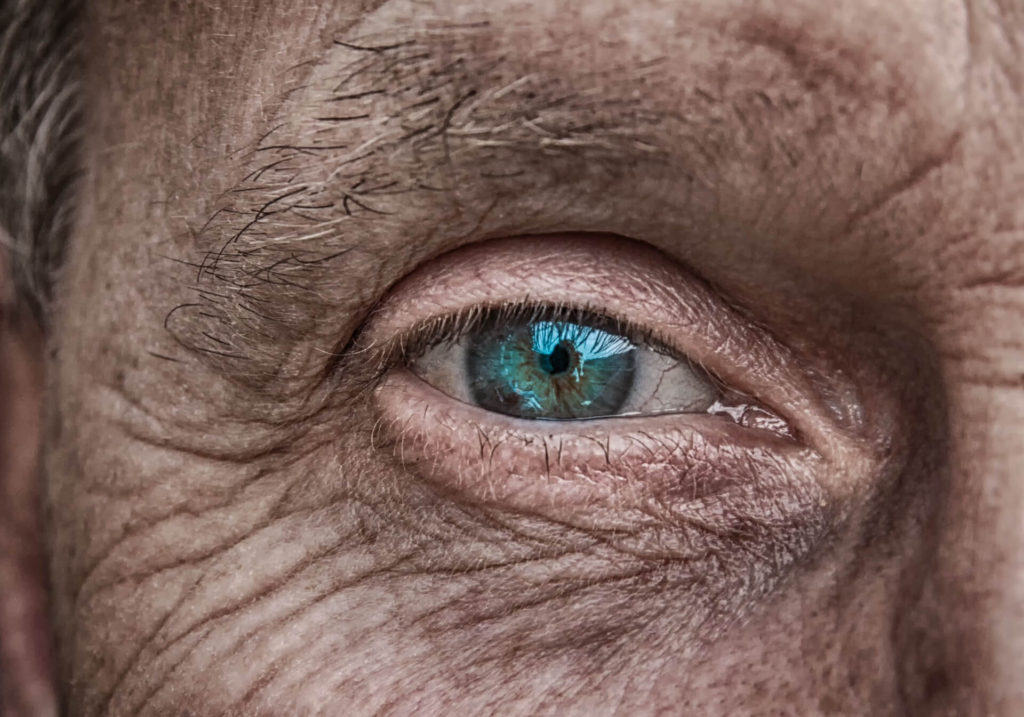
Myth #6: Cataracts are a life-altering diagnosis
Fact #6: Vision improvement after cataract surgery is actually possible
If you think about it, age-related cataracts mean you are living a long life! Having cataract surgery can even provide patients with the opportunity to choose their refractive condition, something the doctor can explain in more detail. It is even possible to experience significant vision improvement after cataract surgery. Many cataract patients come out of surgery not needing to wear glasses at all, or only needing reading glasses. Since vision improvement after cataract surgery is possible, being diagnosed with cataracts can actually be a good thing!
The Best Optometrists in North Phoenix
When you choose Tatum Eyecare for you vision health and fashion needs, you are choosing optometrists in North Phoenix who are invested in our clients and community. We’ve proudly served the Valley of the Sun for over 20 years. We are here to help direct you to a specialist who can address your cataracts, or answer any questions about our services you might have. Come see for yourself how Tatum Eyecare reframes customer service and optical expertise for everyone!

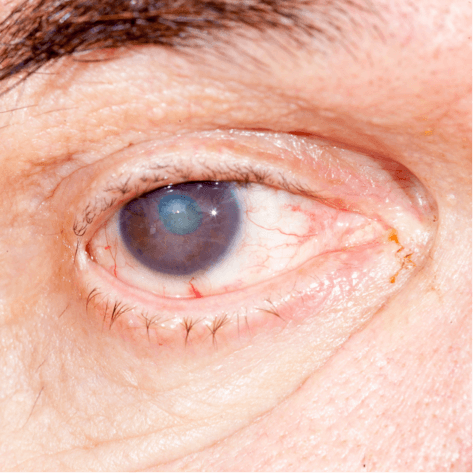

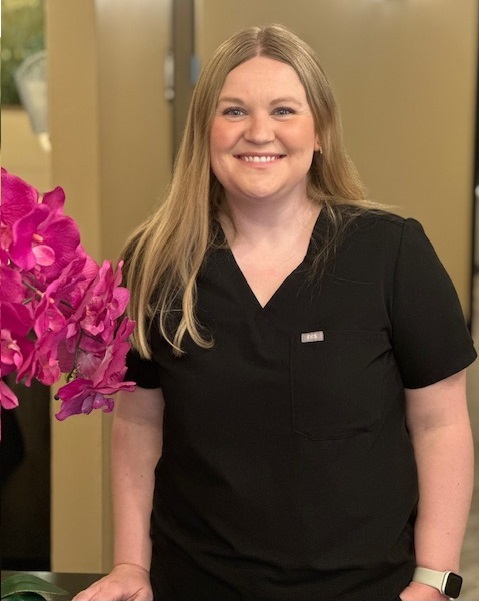
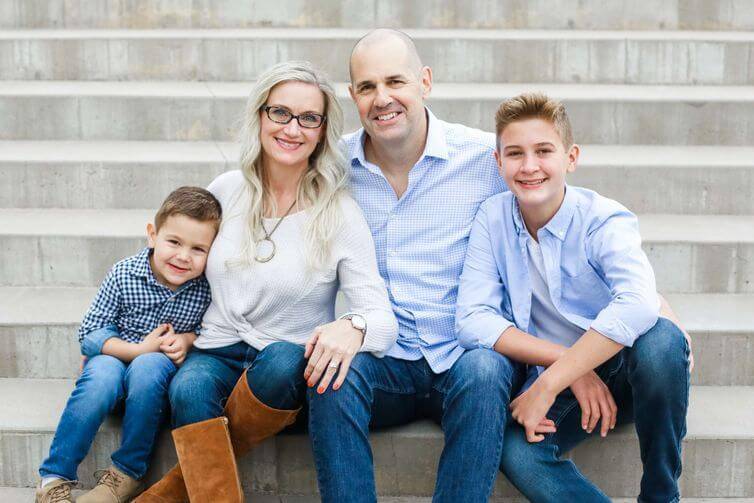

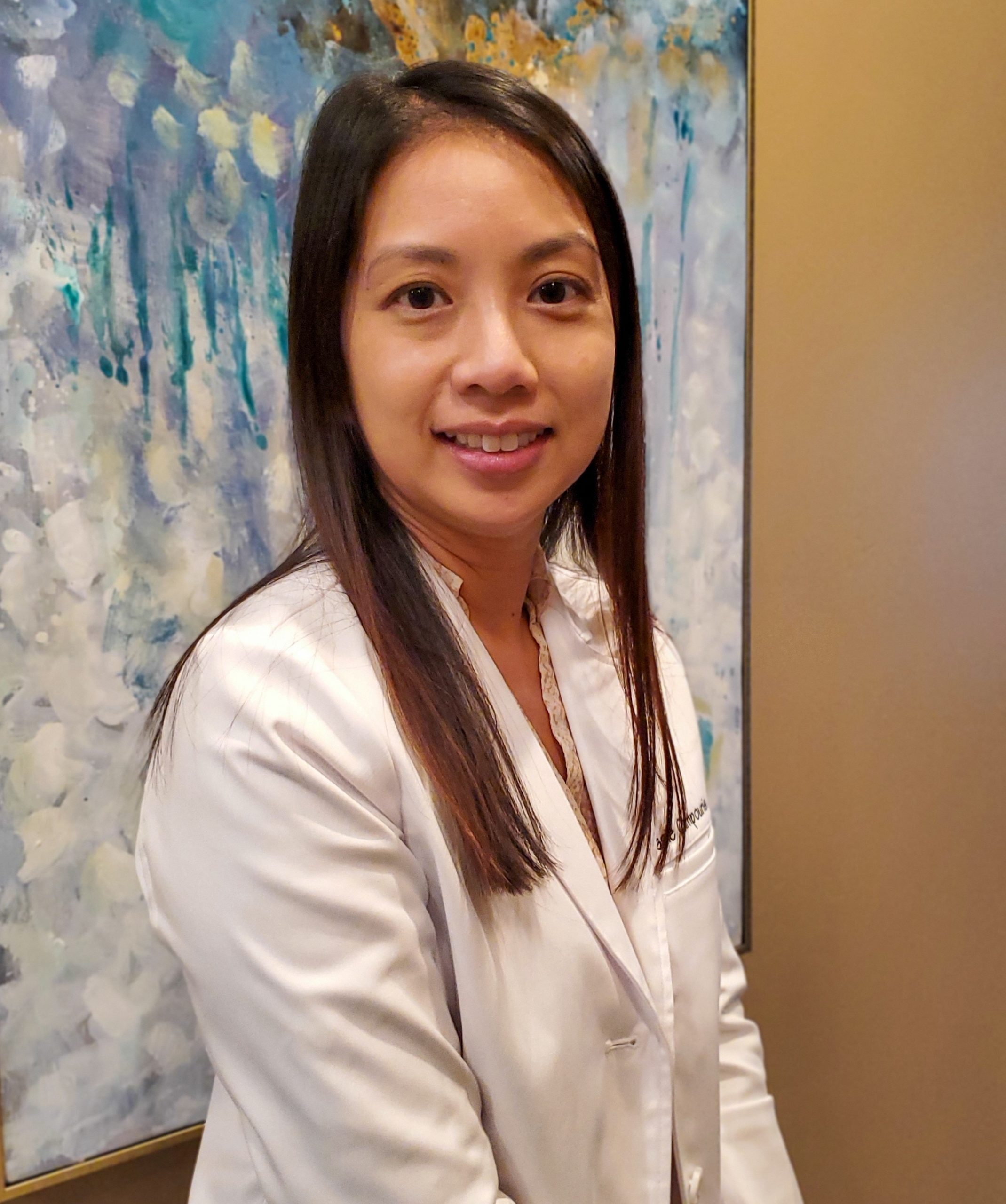
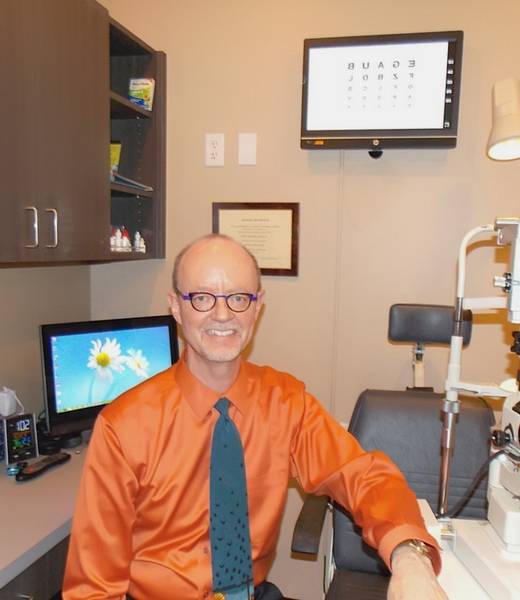
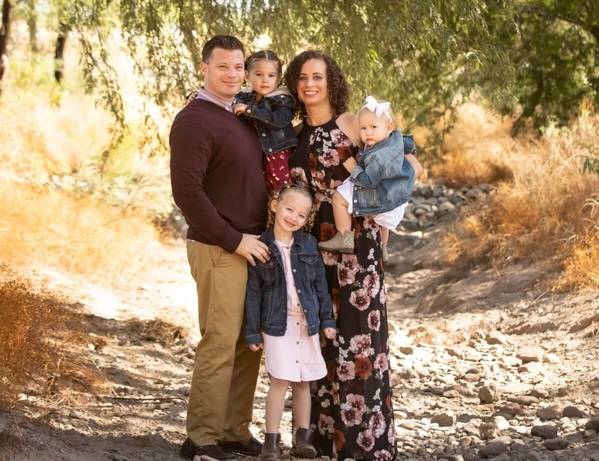
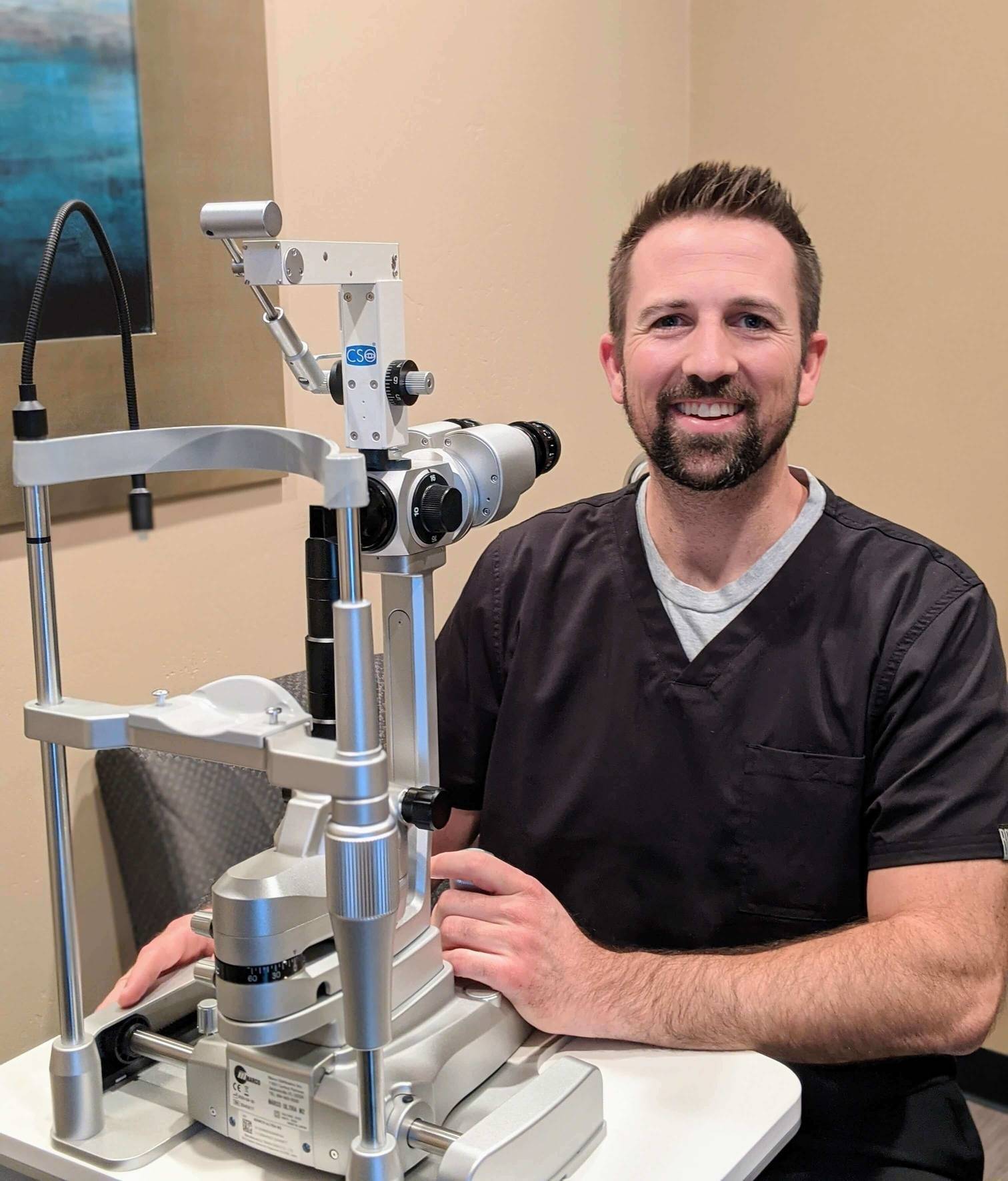
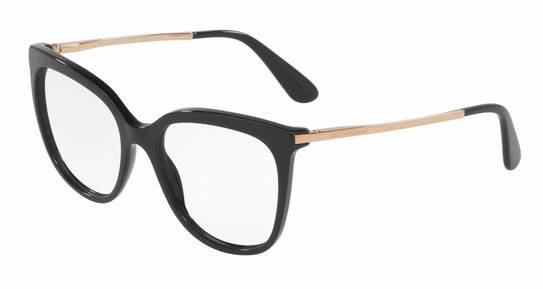






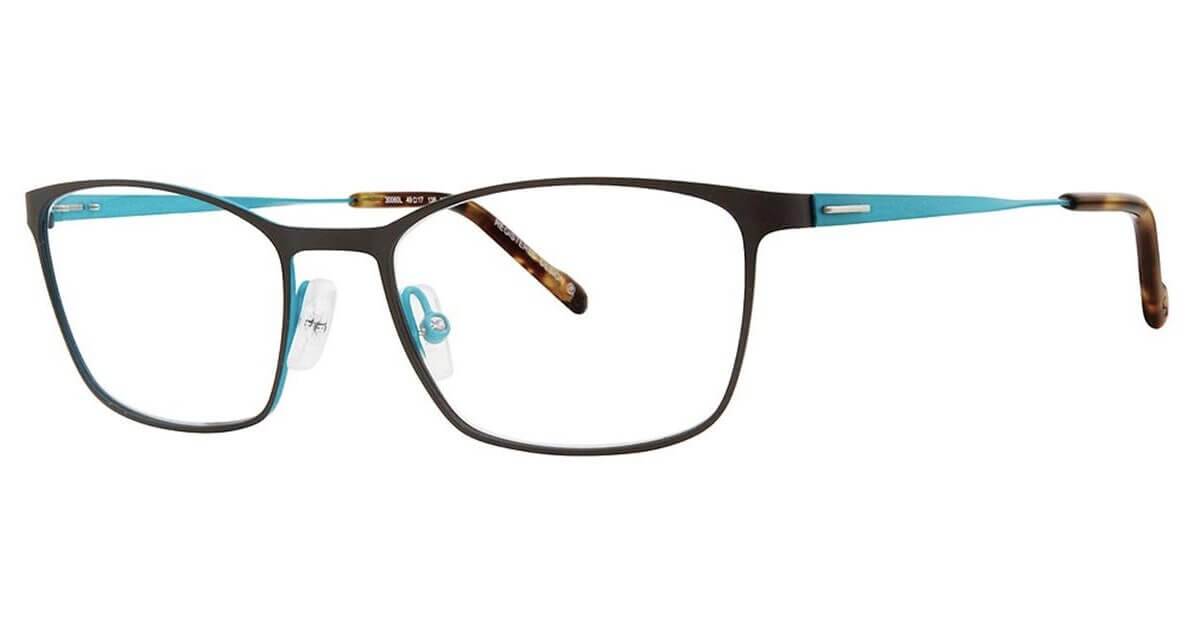

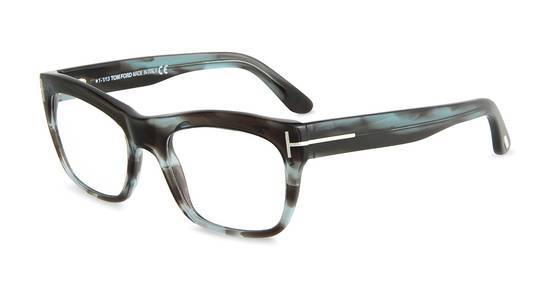
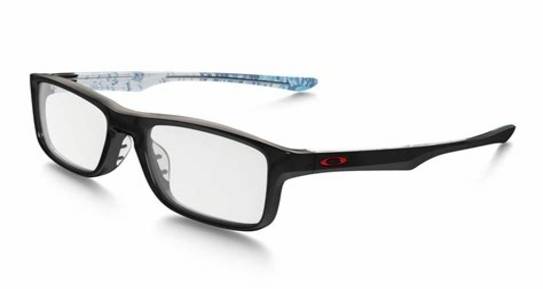

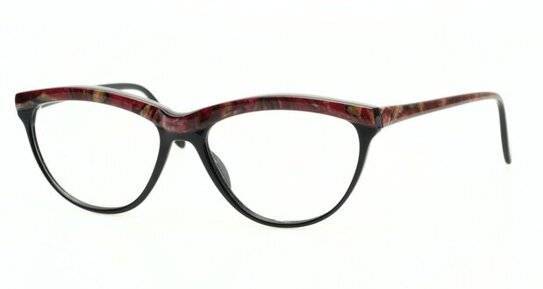
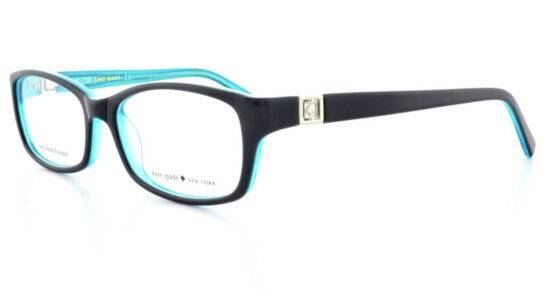
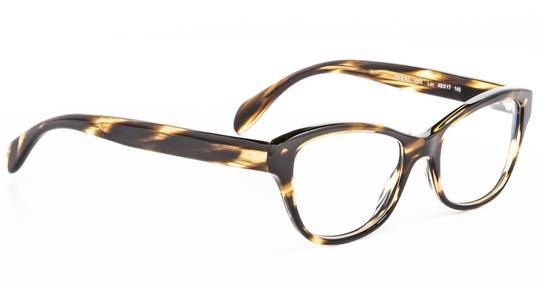
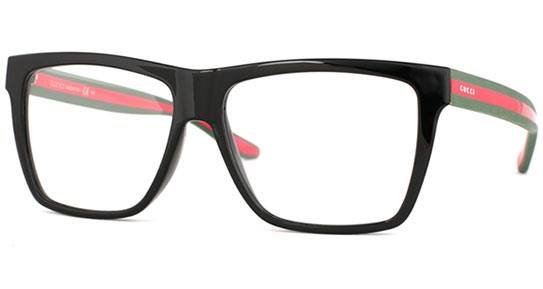
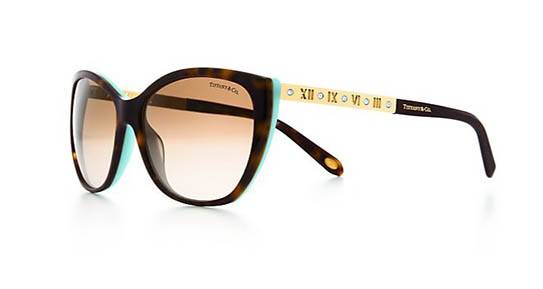
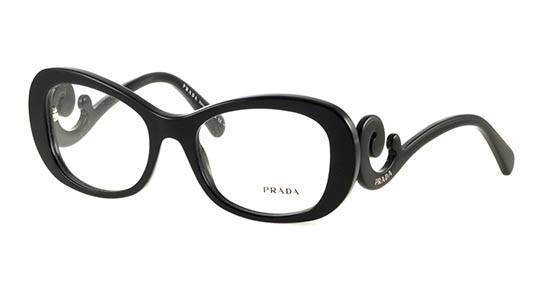
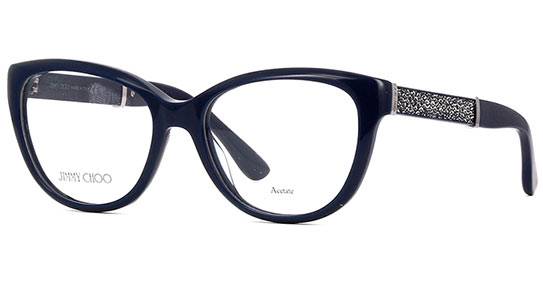
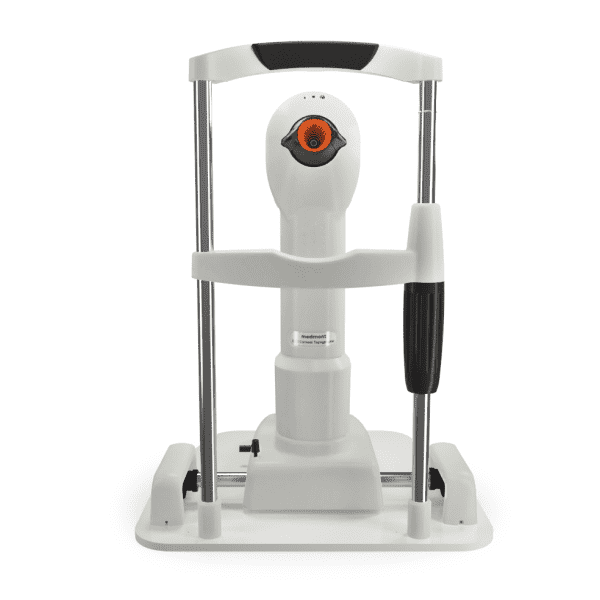
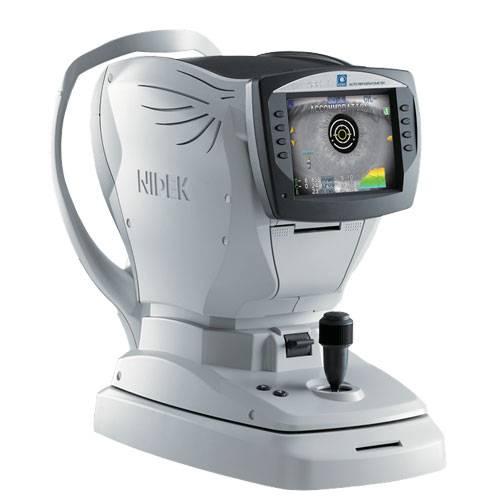
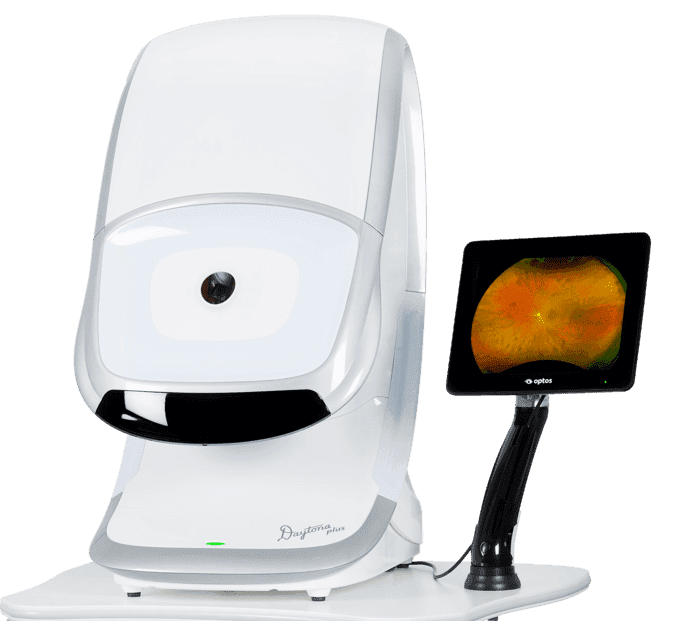
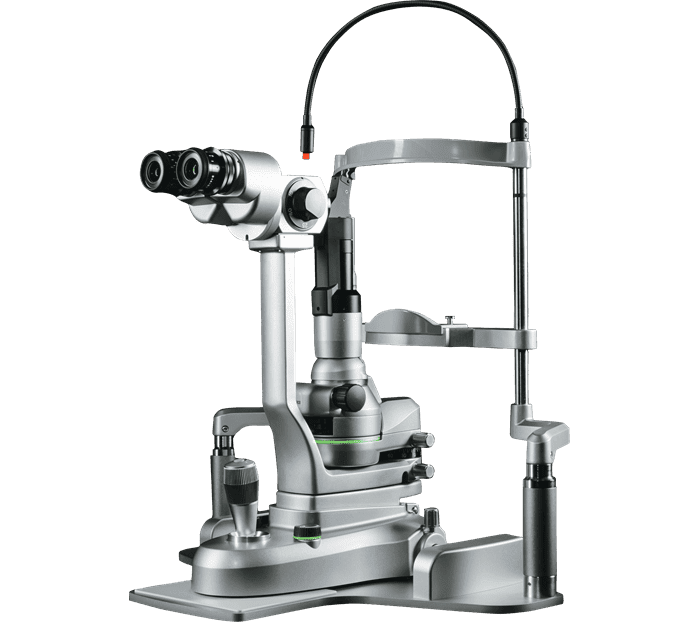
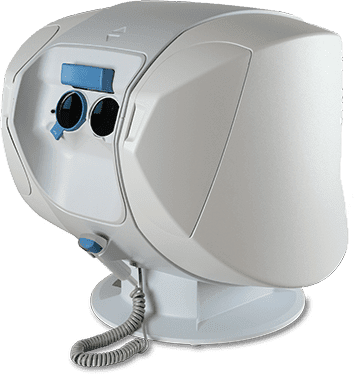
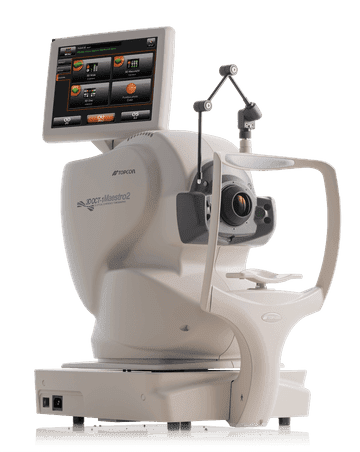
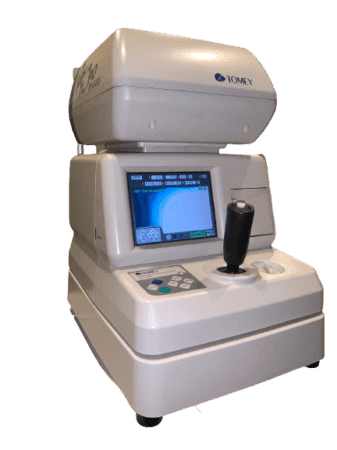
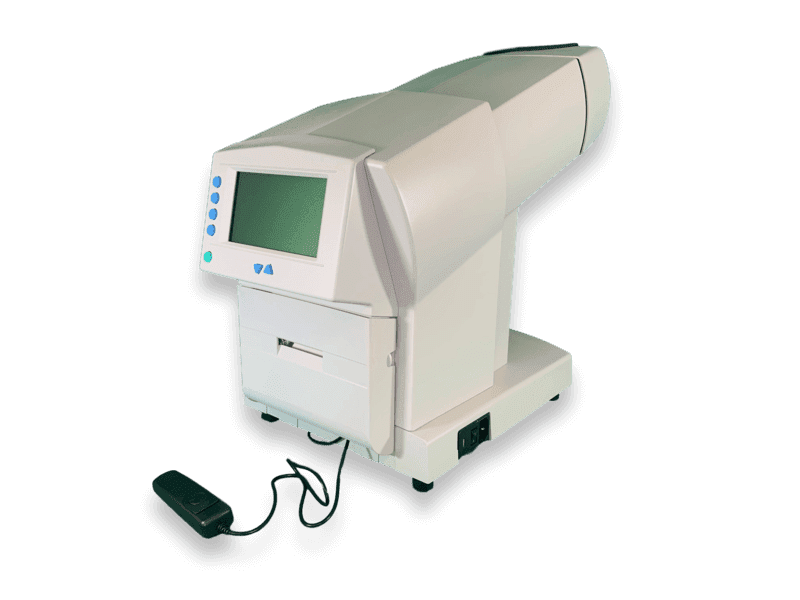
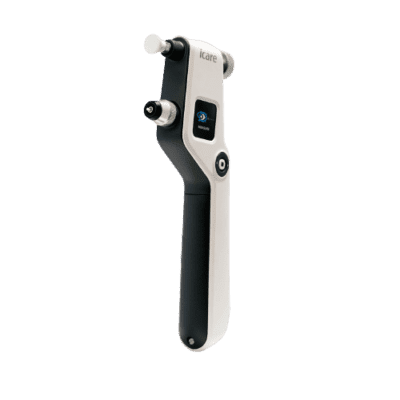
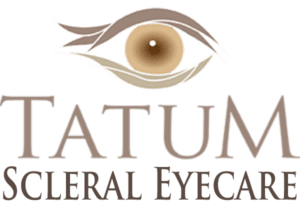
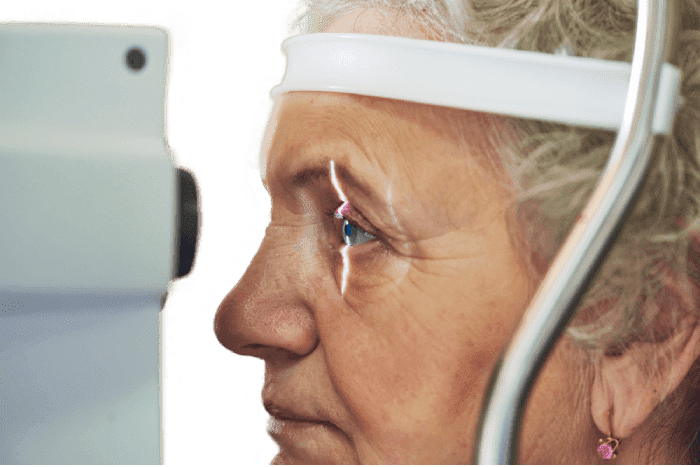
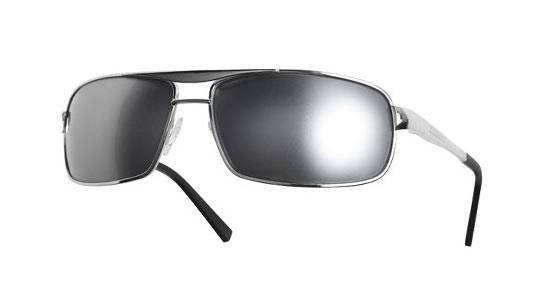 Dillon Optics, the performance eyewear arm of Dillon Precision, have a unique non-reflective, matte lens appearance incorporated with NIR lens technology. This produces noticeably sharper clarity, and protects the lens from damage and harmful environmental conditions. Perfect for outdoor sports and activities where precision vision is required. Tatum Eyecare carries a wide variety of Dillon Optics eyewear.
Dillon Optics, the performance eyewear arm of Dillon Precision, have a unique non-reflective, matte lens appearance incorporated with NIR lens technology. This produces noticeably sharper clarity, and protects the lens from damage and harmful environmental conditions. Perfect for outdoor sports and activities where precision vision is required. Tatum Eyecare carries a wide variety of Dillon Optics eyewear.




